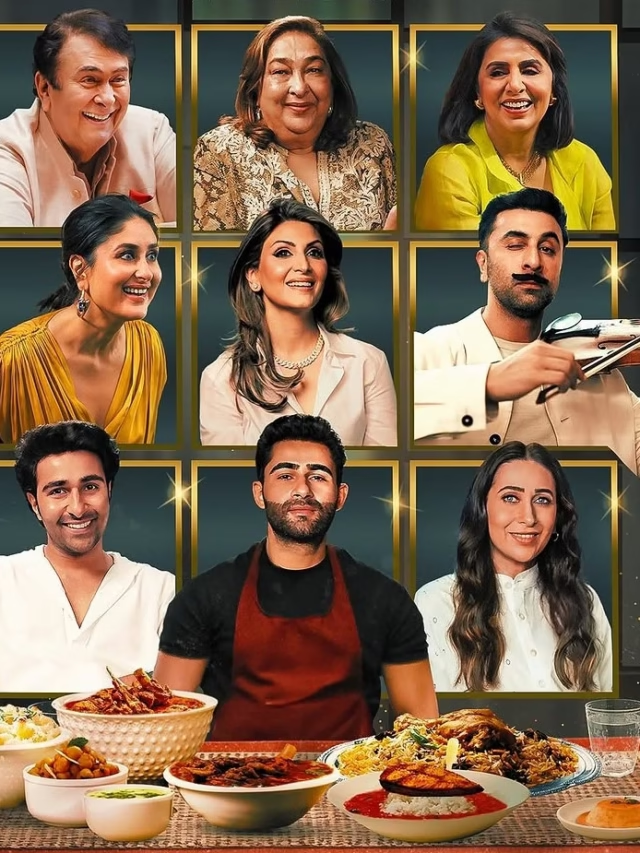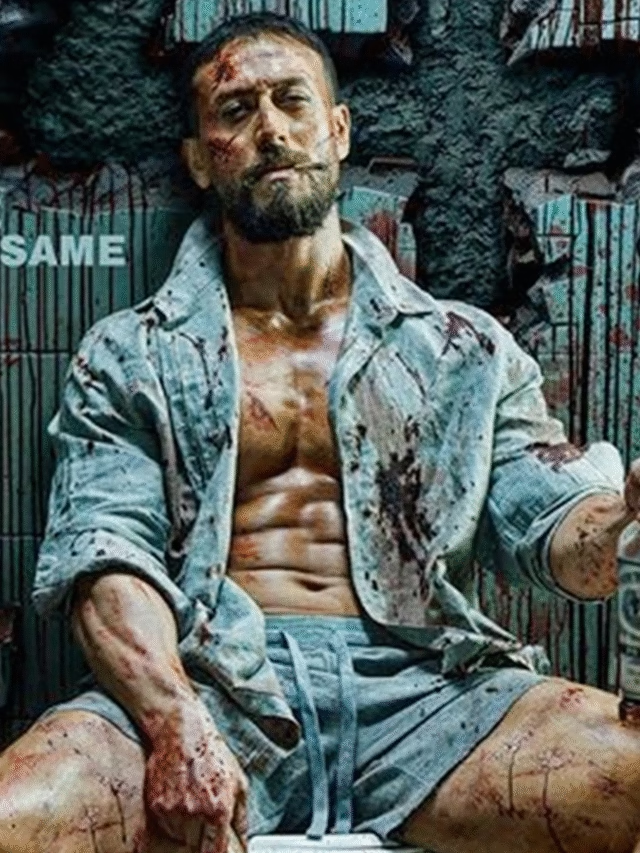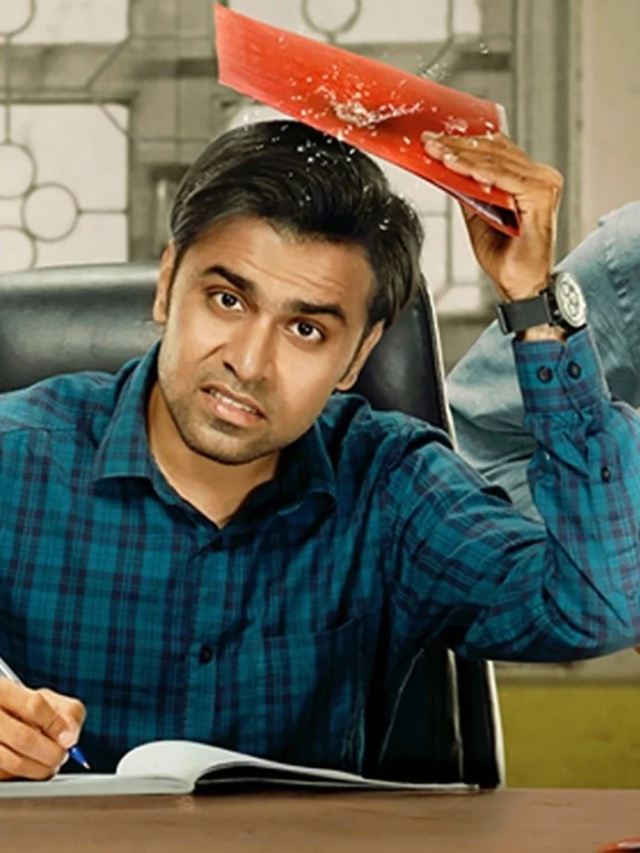Vedaa movie review: Under direction by Nikkhil Advani, John Abraham and Sharvari feature in “Vedaa,” a Bollywood action movie that dares do very little wrong in telling the tale of typical formulaic proportions and that of caste oppression.

The hallmark of this film is bravely told despite the clichés—also, it has a persecuted Dalit young woman at the center of the narrative. More rarely for mainstream films, and more so when one has a major star attached, is how Vedaa so boldly shifts focus to the female lead. The film charts the journey of Vedaa, a stubborn Dalit woman who rose up against the oppressive system in the company of an ex-soldier played by John Abraham.
Empowering a Marginalized Voice
Most important, this movie marks the extreme departure of standard Bollywood storytelling; the incredible share of space on screen goes to Sharvari, who more than holds her own and gives the film its title. Vedaa is a fiery character, never mincing a word, even though she has an ex-army tough man as her backbone. The fight of this young woman for some basic rights of equality and dignity is something that instantly connects with people, more so keeping in view that she is herself a Dalit law student. She knows the power of her rights under the Indian Constitution, but she also realizes that, in this precarious situation, those conventional methods alone are not going to be enough.
Recent Posts
And yet the film does acknowledge some harsh truths about the Dalits of the country: social discrimination, violence, and kangaroo courts coming into action against them in the rural areas to preserve the hierarchical values of caste. “Vedaa” stands up to this raw, stark truth that often goes unnoticed, if not ignored; however, frequently the screenplay uses clichéd action-thriller-like elements, thereby somewhere losing the strength of its socio-political message.
The Soldier and the Student: An Alliance Against Oppression

It is the story of the tortured soldier Major Abhimanyu Kanwar, who is court-martialled and dismissed from the army after he refused to follow orders during an antiterror operation in Kashmir. Emotionally dealing with the aftermath of the decision, Abhimanyu retreats to his wife’s village in Rajasthan, where he becomes an assistant boxing coach. At that place, he witnesses caste oppression firsthand, with a particular focus on Vedaa.
A young girl, Vedaa, whose ultimate dream is to become a boxer, has seen her dreams dashed off by the very fact that because of her caste, she can only clean up the arena and certainly not get training in it. Her stubbornness attracts the attention of Abhimanyu, who goes on to like the way she fights back and decides to train her, not just as his pupil but also as somebody he must defend. The movie is then set upon the background of this relation, where these two men get attached to each other while fighting for the same unjust system.
Actually, things heat up further when Vedaa’s brother starts liking an upper-caste girl. There is tension running rife, and the once nice land blooms into a chain of violent events. With enemies surrounding Vedaa from every possible direction, she has nothing but an option to flee. Abhimayu will be there, determined to take her till the doorstep of the High Court for justice. Although Abhimanyu at the outset does not believe that the legal system is going to work out anything, Vedaa clings to one thing—hope.
Boxer Metaphor: Struggling Against All Odds
The field of boxing has been metaphorically used within the movie in a number of different ways, whereby Vedaa grapples through her struggles against these very prevalent and powerful oppressive forces of her life. The most significant core movements of the game—jab, cross, hook, uppercut, and body shot—are used to structure the story that Vedaa will learn about not only in the but also out of the ring. It is thus a physical battle of her body, which is a mirror to the emotional and psychological one in her fight to reclaim her rights and dignity.
But despite its thematic core being hit strongly by the narrative of “Vedaa”, it often falls into the regular clichés of the action staging in the genre. The narrative certainly often gets laggy, and some of those plot points, particularly terrorism and cross-border tension, look like unwanted diversions from the core of the film. These themes and elements hark back to Advani’s earlier films, particularly “D-Day” and “Batla House,” where anti-terrorism or operations to control or underplay terrorist activities were being pitched. In “Vedaa,” the resort to these very same tropes that much too overused lessens what could have otherwise been a tauter and more pointed story of caste oppression and social justice.
Acting and Execution: Strong Leads Carry the Film
It shines brightly, the performances in “Vedaa”. John Abraham is really strong playing the brooding ex-serviceman who finds new meaning in life with added responsibility of protection and mentorship of an impressed Vedaa. His character is shaded with some backstory, personal tragedy, and guilt. It gives the control an exhilaration that doesn’t overdramatize it into the performance of Abraham; therefore, the story remains even, even in those of high action.
In the titular role, with due respect to Sharvari, she has brilliantly executed what was required of her—a very physically challenging role as well as managing a plethora of emotions which this character goes through. It’s pretty evident that Sharvari captures the character of Vedaa without much hitch—vulnerable yet determined and feminine in spirit, pushed to the extreme. Another main point that works here is this nice chemistry between the two leads that allows their mentor-student relationship to evolve through the full run of the movie.
Vedaa movie review: Final Verdict: A Bold but Flawed Attempt
“Vedaa” doesn’t flinch from portraying hardcore social issues under the garb of mainstream Bollywood cinema. The film remains important for the message but struggles at times due to the weight of the narrative and genre cliches that it brings along. For characterization, the movie presented enough punches to hold the audiences. However, in terms of performance, particularly that of Sharvari, and the powerful central theme of resistance against caste oppression, Vedaa can come across these shortcomings. Quite not very far from its shortcomings, the film rises above the troughs and gives the audiences a new thaw of sensibility.










Pingback: Sharmila Tagore on Gulmohar Winning National Film Award: 'I am Absolutely Over the Moon - SpicySaga Blogs